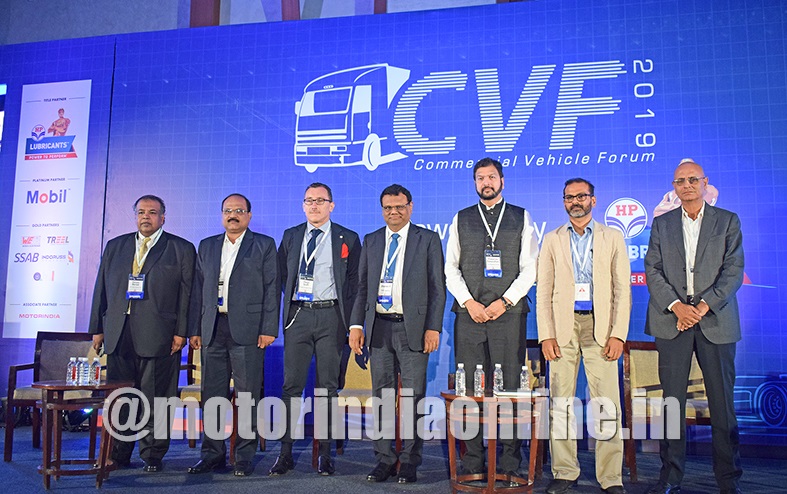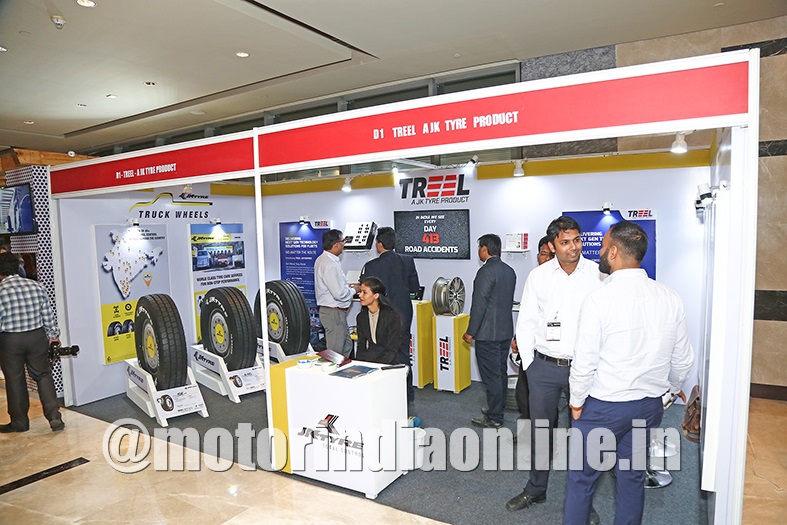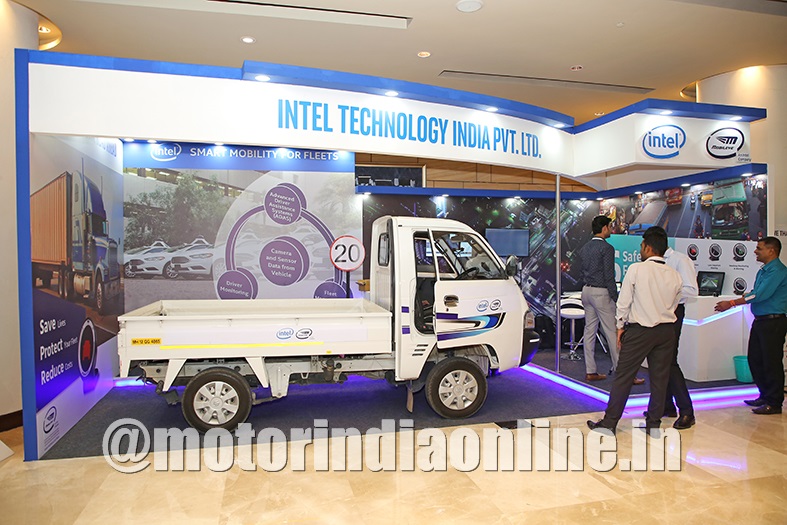The fourth edition of the Commercial Vehicle Forum, held at The Westin – Pune, received an overwhelming response with a packed house that translated into a gathering of over 400+ senior level executives and 60+ industry experts. The event theme for CVF 2019 was “Count Down 2020 – Embracing the Change”. The uncertainty and widespread sense of unease in the industry at the impending enforcement of the BS-VI exhaust emission norms found expression in the statements by a number of high-profile participants.
BS-VI readiness
India’s commercial vehicle manufacturers, burdened with an abrupt mandate that doubled the development effort (compared to OEMs in the West, who had the benefit of a more measured step-up via Euro V and EEV) and halved the time (just three years), steer with dread towards a perfect storm that’s brewing for them as the new norms hit in April 2020.

For most it’s a journey into the unknown, having to introduce complex exhaust aftertreatment devices and electronics into a market that has no experience of the simplest AT devices. And the OEMs, still struggling to get their proliferation of models compliant before the deadline, have had little time or resources to train service technicians in the new technologies, the reliability of which, in actual Indian usage conditions, has yet to be put to the test.
Then there’s the cost of BS-VI upgradation, which some estimate at up to 20% of the existing price of a BS-IV vehicle – the OEMs are going to want to pass the increase entirely on to their customers, but the organized logistics industry is in no position to absorb this shock, R. Shankar, CEO of TVS Logistics, candidly declared in the keynote panel that opened the day’s proceedings.
Another challenge the OEMs face is in deciding when to stop producing BS-IV vehicles, considering that absolutely no “grandfathering” will be allowed, Keshab Chandra Sen, CEO and President of MLR Auto, told the audience in a later session. Adding to the uncertainty here is that the hoped-for pre-buy has not yet materialised, and there are no definite signals that it will, given the recent increase in permissible axle loads.
Does new regulation improve mobility?
Prasanna Patwardhan, CMD at Prasanna Purple Mobility Solutions, a pioneering passenger transport enterprise with both inter-city and transit operations across several cities, was at pains to highlight the follies of the “idea-driven” regulation impulse of Indian Governments, whereas what the country badly needs for a healthy development of its transport industries, and for development overall, is a “policy-driven” regulatory environment.
“Real sustainable growth can only happen if we prioritise movement of people and not sale of vehicles fitted with more and more devices that do nothing to enhance the flow of passengers and cargo when the external conditions still do not allow an increase in vehicle utilisation,” he pointed out bluntly. “Vehicle costs are driving our cost per kilometre (CPKM) in only one direction – up.”
While mandating scrappage with the sole criterion being age, i.e., 15 years, might enthuse the OEMs, because of the promise of enforced replacement sales, what it will really result in is buyers shifting to cheaper, lower-spec vehicles, Patwardhan said. Another unpleasant consequence? “If I have to scrap a school bus, which runs 15,000 km a year, at the same time as a coach that does 15,000 km a month, I’m going to have to increase the fee I charge by up to 70 per cent. How many parents can afford that?”
Where are we heading to?
Pushing back against the narrative that electric vehicles are the answer to most transport-related problems one can think of, Dr. Sukrut Thipse, Deputy Director (Powertrain Engineering) at The Automotive Research Association of India, listed out the various ministries and the “pet” fuels each is promoting. Confusion is the order of the day, and the auto fuel policy that exists deals only with petroleum fuels and natural gas. “What we need is a policy on alternative fuels that ultimately lets the user decide what fuel he wants. That is the logical way,” he declared plainly.
Highlighting a key element in the entire ecosystem, the driver, conference chairman Vinod Sahay, CEO of Mahindra Truck & Bus, made an uncomfortable admission: the industry has failed miserably to provide a safe working environment for drivers, putting not only their lives, but indeed those of all other road users, at risk. “Do we really value the life of a car driver? Then we must value a truck driver’s life equally,” he said. “We must have the same NCAP focus on truck cabins as we do for cars. Or else I’m afraid we won’t see the growth this industry is capable of.”
Pitching for a holistic policy approach, Sahay did not withhold words of criticism for the regulators either. “We want to catch up with the West on emissions – why not on safety? Are we still going to permit the sale of cowls at BS-VI?”
Singling out the arbitrary changes to the axle load regulations, he said there is every likelihood that they will create problems not too long hence. “Have our roads suddenly become stronger overnight to accept those increased loads? Has anybody thought through the likely consequences?”
The next edition of the Commercial Vehicle Forum will be held towards the first half of May in 2020 in Pune, and based on the phenomenal response received for the most recent edition, the organisers expect a gathering of over 500 delegates, 60+ speakers and over 50 partners.

